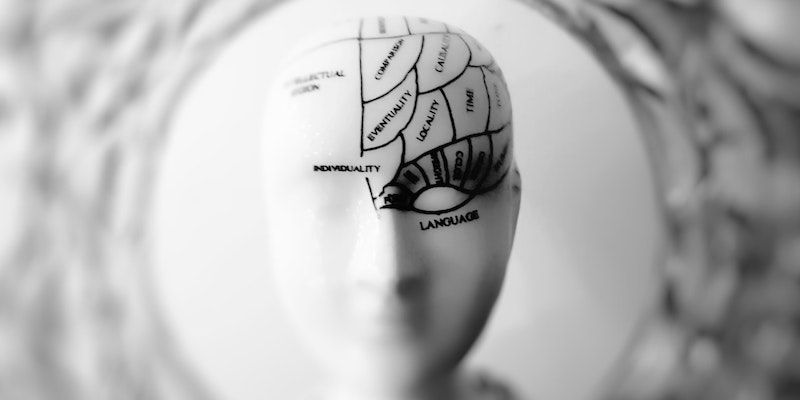Other Therapy Resources From PositivePsychology.com
We have many resources available for therapists providing support to individuals, couples, and groups in managing their feelings and handling difficult thoughts.
Our free resources include:
- Codependent Relationships: Beliefs, Attributes, and Outcomes
This helpful checklist supports clients in exploring short and long-term outcomes of codependent behaviors.
- Shifting Codependency Patterns
Contrasting codependent thought and behavior patterns with healthier ones can be a practical way to take action to recover from codependency.
- Active Listening Reflection Worksheet
Effective listening is vital in all our relationships. This spreadsheet provides a helpful checklist to reflect on specific situations.
More extensive versions of the following tools are available with a subscription to the Positive Psychology Toolkit©, but they are described briefly below:
- Stay or Leave? The Empty Chair Technique
Chair work is a valuable tool for clients considering their life domains. In this exercise, the client reflects on whether or not they should leave their job.
- Step one – Describe the dilemma regarding whether or not you leave your job.
- Step two – Next, picture the you that stays in your job versus the you that leaves.
- Step three – Ask each version of you to take a seat and answer a series of questions, including:
How do you feel?
How much energy and vitality do you have?
What are your main reasons for wanting to stay?
How do you feel about the future?
-
- Step four – Now consider which voice was louder and more convincing. Did you discover anything about this dilemma? If so, what?
- Looking at Difficult People From a Strength Perspective
We interpret the actions of others based on our individual and unique value systems.
By recognizing another’s strengths, we can positively reframe their behavior more honestly and accurately.
-
- Step one – Think of someone you find difficult and specific times when their behavior was challenging.
- Step two – Describe the specific situation, your emotions during it, and how they might have influenced your reaction. Think of any personal beliefs impacting your response and assumptions you have about the person.
- Step three – Challenge yourself to see the difficult behaviors in a new light, transforming negative traits into positive ones. For example, view stubbornness as determination.
- Step four – Consider the positive attributes you’ve identified. Think about what strengths the person might be overusing or underusing. How could knowing their strength change your perspective and potentially alter future interactions?
If you’re looking for more science-based ways to help others enhance their wellbeing, check out this signature collection of 17 validated positive psychology tools for practitioners. Use them to help others flourish and thrive.
A Take-Home Message
Many clients we meet in counseling arrive with unresolved business (Nelson-Jones, 2014). As mental health practitioners, our role is to help them face and address the negative feelings and thoughts that result, both to themselves and others.
While the empty chair technique was born out of gestalt therapy, it can be used with any therapeutic approach, including Cognitive-Behavioral Therapy, to explore the client’s current experience, search for understanding, and find peace with their self (Pugh, 2018).
Through dialogue with a significant other (including aspects of themselves), they gain the potential to address hidden, ignored, and avoided aspects of themselves in the present and allow feelings to run their course.
Research suggests a wide variety of therapeutic applications, including adolescents, couples and families, and those experiencing anxiety, depression, and phobias.
For the technique to be effective, the client must feel safe in the therapeutic alliance to explore unresolved issues, elements of their relationships, and internal conflict.
For those clients ready to experience the profound emotional intensity of the empty chair technique, this can be a valuable tool for helping them move forward from issues that have never adequately been resolved and have been holding them back.
We hope you enjoyed reading this article. Don’t forget to download our three Positive Psychology Exercises for free.


 At least three variations of the empty chair are described in the literature. “The individual is encouraged to engage in a dialogue with an imagined other placed in an empty seat,” with that ‘other’ being either (Pugh, 2017, para. 4):
At least three variations of the empty chair are described in the literature. “The individual is encouraged to engage in a dialogue with an imagined other placed in an empty seat,” with that ‘other’ being either (Pugh, 2017, para. 4):


